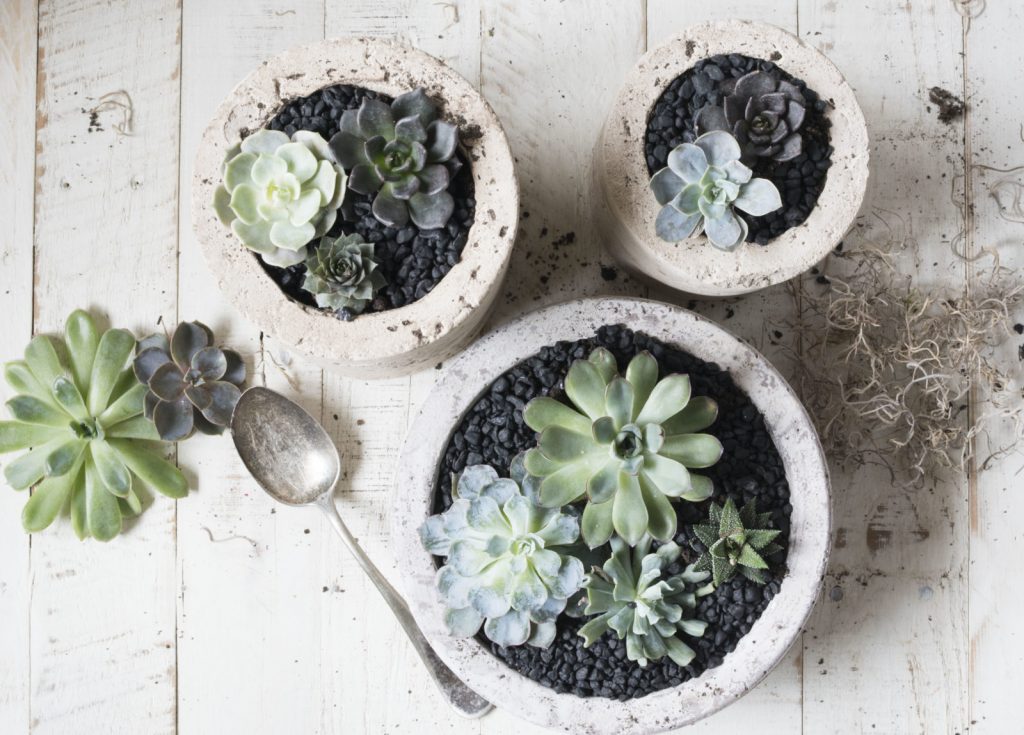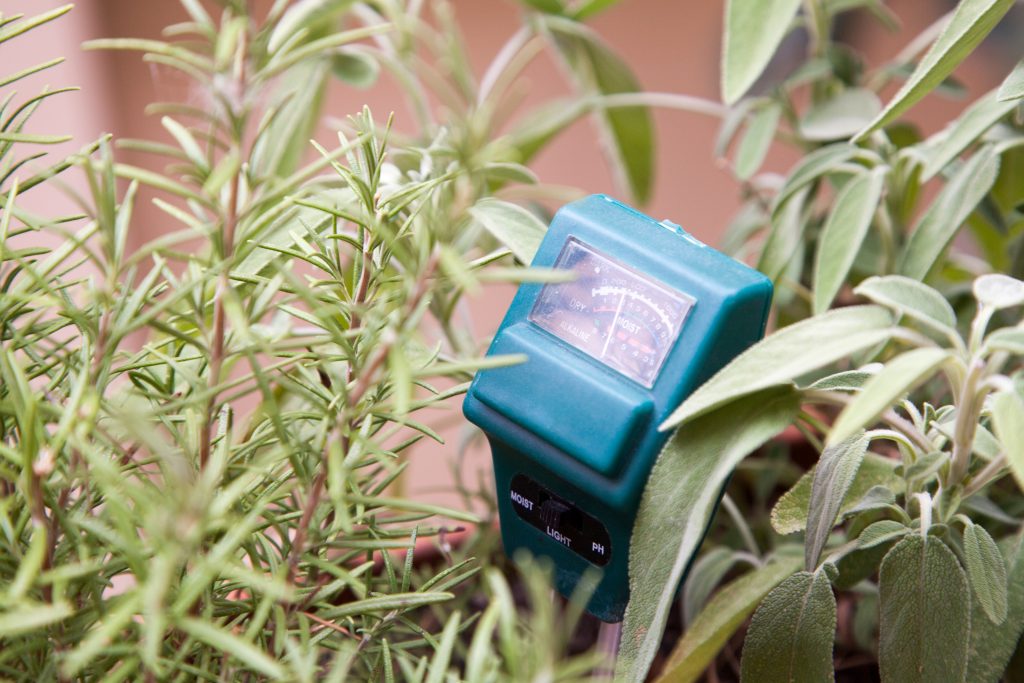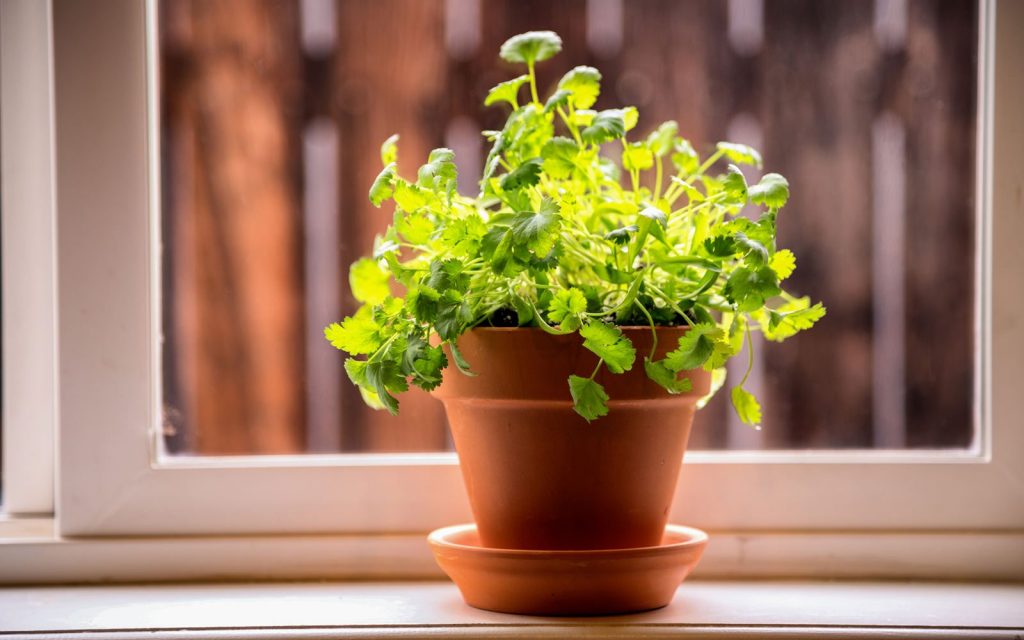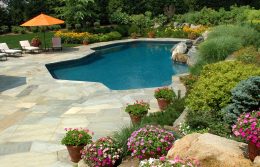Houseplant Hacks for Busy People
Are you struggling to keep your houseplants alive because you’re always on the go? Don’t scrap the idea of an indoor garden just yet. Houseplants can significantly impact your health, from ridding the air of toxins to reducing stress. By choosing low-maintenance varieties and clever watering aids, you’ll have a thriving indoor green space in no time.

Go With Low-Maintenance Plants
Some houseplants thrive on neglect. Succulents, for example, evolved to withstand long periods of drought in the desert. You can water them between once a week and once a month. In fact, it’s best to wait for the soil to become completely dry before watering again.
If you’re looking for a more vertical silhouette, try a snake plant. Snake plants have upright, sword-shaped leaves and are famously hardy. They grow even in low light conditions, and you can get away with watering every two weeks to once a month.
Are you hoping for a houseplant that vines? The pothos plant is a popular foliage-forward houseplant with shiny heart-shaped leaves that spill beautifully from baskets and shelves. Its nickname is “Devil’s Ivy” because it thrives in just about any condition. Low light? Infrequent waterings? No problem.

Use a Moisture Meter
Moisture meters are literal lifesavers, especially for those of us who tend to overwater and kill our plants with kindness. They’re sold online and at most hardware stores and garden centers. Simply insert the probe into the soil, and the meter displays the soil’s moisture level. Digital varieties can even send push notifications to your phone to let you know when it’s time to water your plant.

Stock Up on Self-Watering Pots
Self-watering pots are fantastic for people who travel. They hold a reservoir of water at the bottom of the pot to sustain the plant from its roots. They’re best for plants that thrive with consistently moist soil. (Save regular pots for your succulent garden.) All you have to do is refill the reservoir every one to two weeks, and your plant is nearly self-sufficient.

Grow Your Garden Skills
Once your low-maintenance indoor garden is thriving, you may want to step things up a notch with an herb garden. Herbs are usually easy to grow indoors, plus you’ll be able to use the fruits of your labor in the kitchen — just use a few simple tricks to keep pests from your indoor plants.
Learn your gardening zone to maximize the success of your outdoor spring garden.
© 2024 Texas Farm Bureau Insurance



